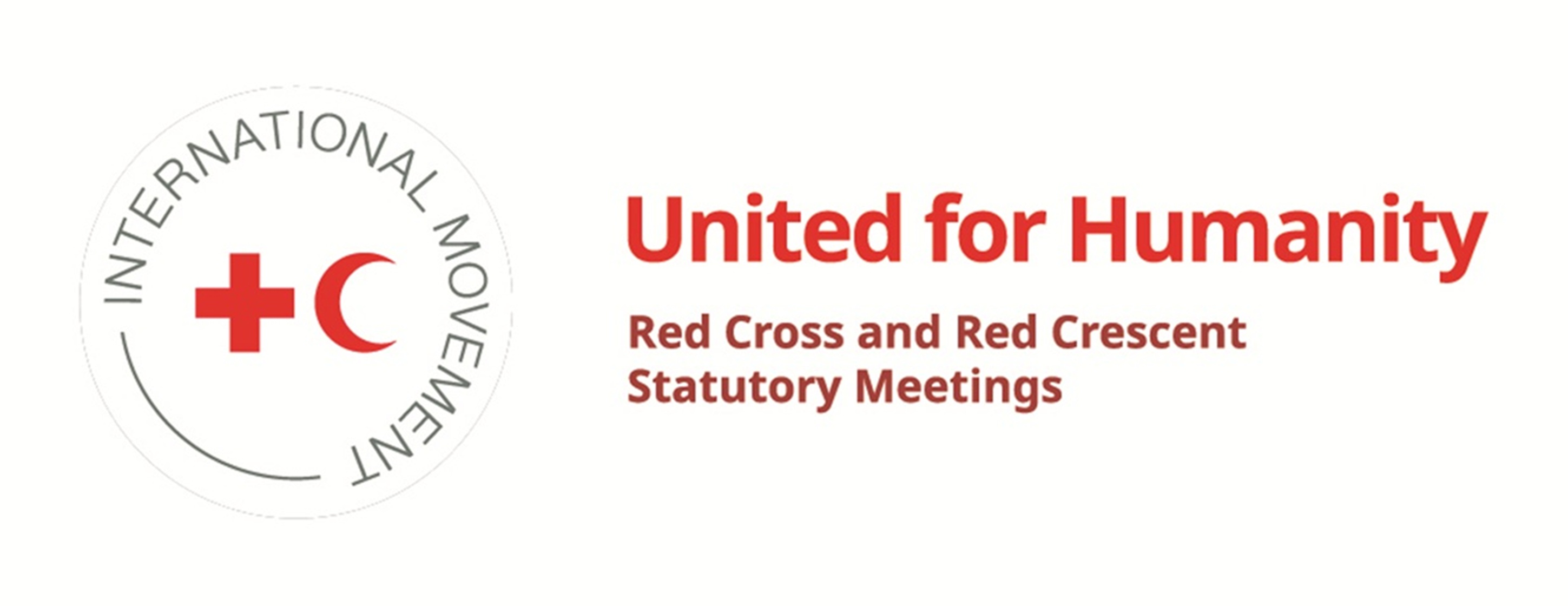Has your State/National Society/Institution incorporated the commitments contained in this resolution into the relevant strategic or operational plans?
YesThe commitments are incorporated into:
Legislation (e.g. Law, Regulation, Statutes, Rules of Procedure etc.)
At the National level
Explanation:
Indonesia has the Law of the Republic of Indonesia No. 24 of 2007 Concerning Disaster Management that becomes the tool to ensure the effective disaster laws, policies, strategies and plans in Indonesia. As the auxiliary to the Government, Indonesia also has released the Red Cross Law no. 1 of 2018 that enhancing the roles of Red Cross in Disaster Management chapter 22-point f.
Currently, the Law of the Republic of Indonesia No. 24 of 2007 Concerning Disaster Management is under review by related stakeholders together with Civil Society Organization in Indonesia, including PMI, named as AMPU-PB (Aliansi Masyarakat Sipil untuk Penguatan Undang-undang Penanggulangan Bencana – Civil Society Alliance for enhancing the National Law for Disaster Management).
Few the points to be reviewed in the National Law is:
* To ensure that the localization as the new way of working is included in the DM Law. This is considering the wide geographical of Indonesia with the conditions that Indonesia as the laboratory of disasters.
* To ensure the disaster risk reduction is included. As a country that is prone to disaster, Indonesia must consider that the disaster cannot be avoid but the impact of disaster can be reduced. Many organizations, including PMI, develop programs to build the capacity of the community to be more resilience.
Has your State/National Society/Institution been working with other partners to implement the commitments contained in this resolution?
YesPartner with:
Government and/or public authorities
ICRC/IFRC
Humanitarian and development partners (e.g. UN, NGOs etc.)
Examples of cooperation:
As part of the efforts of reviewing the National Law of Disaster Management, AMPU-PB, as the above mentioned, is considered as the collective efforts to strengthening the effective and efficient Disaster Management.
Have you encountered any challenges in implementing the commitments contained in this resolution?
YesWith challenges on:
Human resources
Competing priorities
Details about challenges:
* Limited dedicated personnel in the organization to working in maintaining the networking
* Also, there are potential threat in reviewing the DM Law no. 24 of 2007 since there are many competing priorities within the Legislative. It requires huge efforts in doing the follow-ups on this in ensuring the DM Law no. 24 of 2007 is being reviewed accordingly.
Have the commitments contained in this resolution had an impact on the work and direction of your State/National Society/Institution?
YesType of Impact:
Cooperation between Government/public authorities and National Society has been strengthened
Programming and operations have become more effective and efficient
Innovative tools/methodologies have been developed and are utilized
Partnerships with other humanitarian actors have been created or enhanced
Increase in mobilization of resources
Training and capacity of staff and volunteers has increased (for National Societies)
Details about the impact:
* There is a joint assessment available as the result of the existing of DM Law. As the result of the joint assessment, there is also impacted to joint personnels, name Desk Relawan (Volunteer Desk) as a platform where the volunteers that involved in the operations are registered.
* In time of disaster operation, there is online mapping on 5W (What, Who, Where, When, and Why) + 1H (How)that can be accessed to many stakeholders involved in the operation.
* Indonesia has the certification national agency on disaster management (LSP PB) that at the later stage contribute to the regional level – AHA Centre. The certified personnel will be prioritized to be mobilized to the field.
* In addition to the previous point on certification, PMI also has established the certification agency designated for internal personnel of PMI and external participants. The certification covers many areas in disaster management, such as WASH, assessment, shelter, etc.
Have the commitments contained in this resolution had an impact on the communities that your State/National Society/Institution serves?
YesDescription of the impact:
The DM Law no. 24 of 2007 has many good impacts to all humanitarian sectors in delivering the services. It provides guidance for every humanitarian actor to work, and the PMI can fill in the gap, when necessary. With this, the community can benefit by the efficient and effective humanitarian response.
During disaster response in 2018 where the earthquake liquefaction hit Palu in Central Sulawesi. At the time, the local Government of Central Sulawesi has released guidelines on building temporary shelter. One of the components is to avoid in using the poison materials named asbestos.
During drought operation in 2023, there is a new way of working, that once the Government declare the weather alert for drought, this alert can be utilized to access the potential funding for the community, i.e.: water source protection, livelihood, etc.



